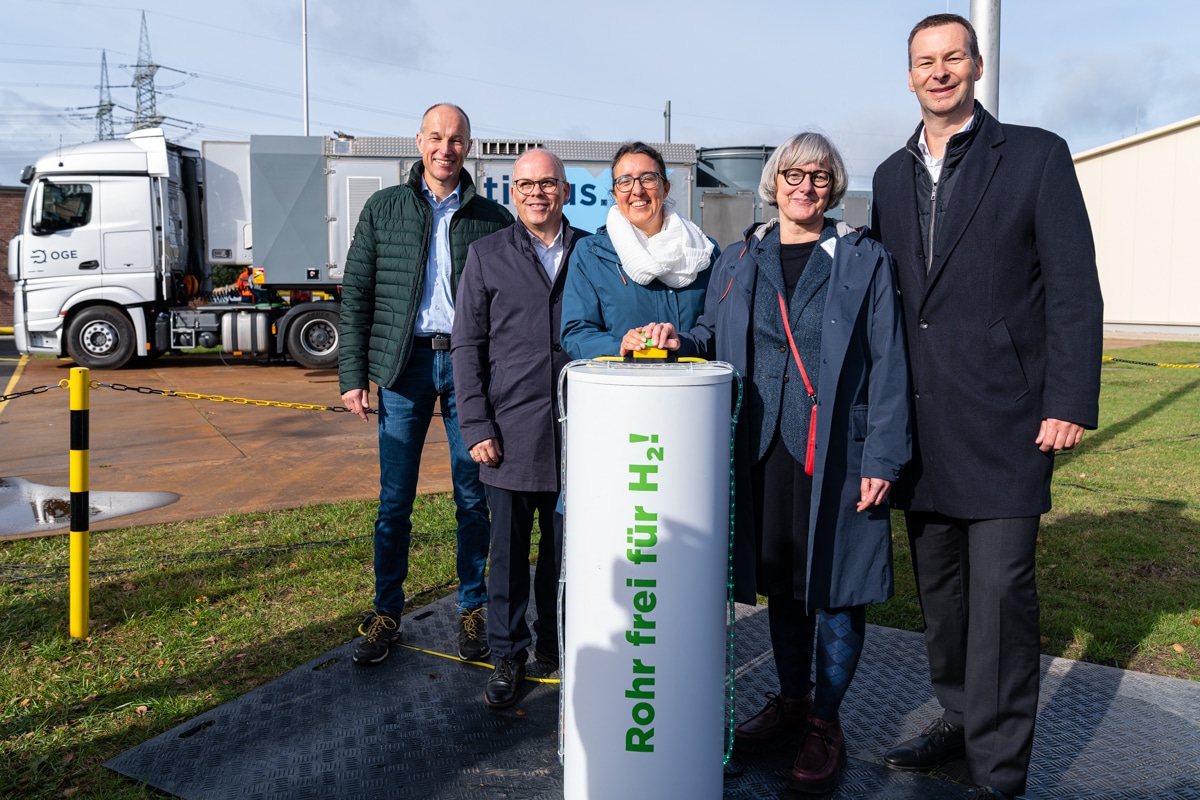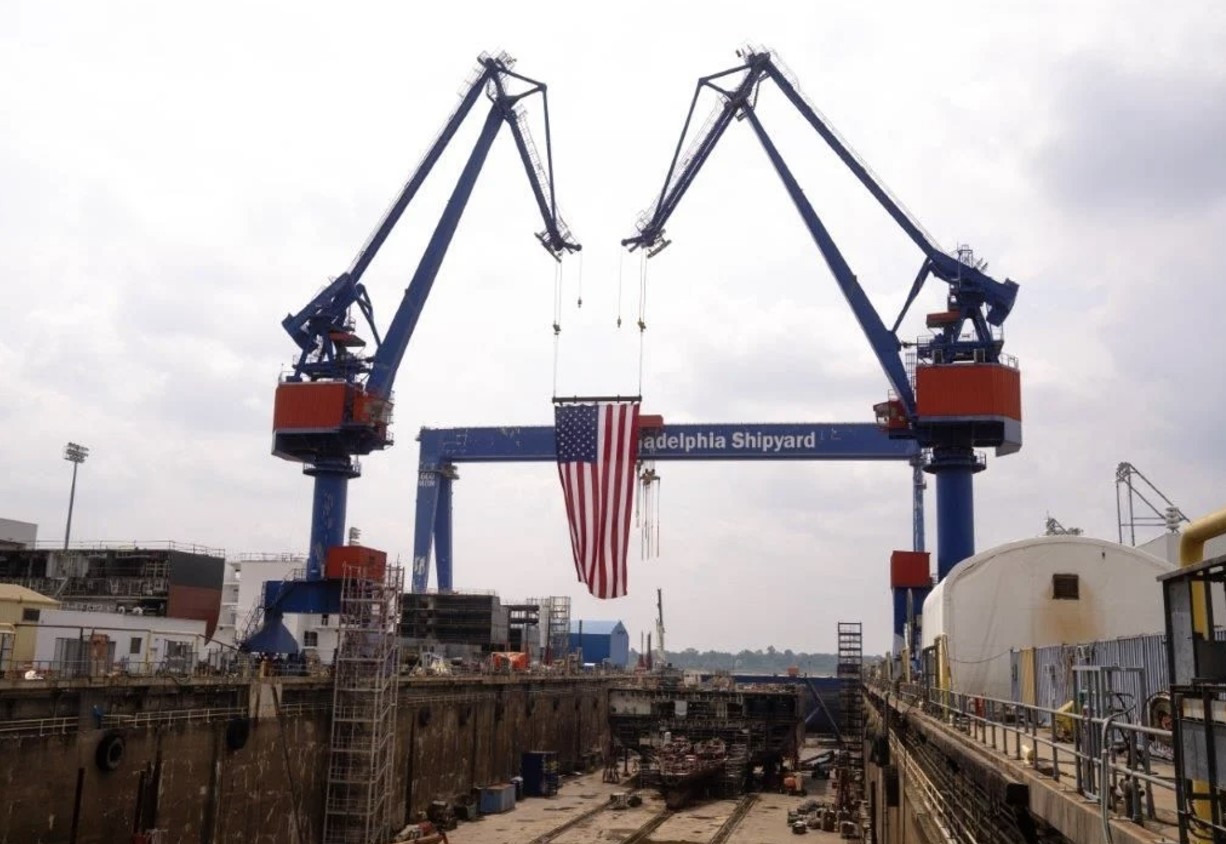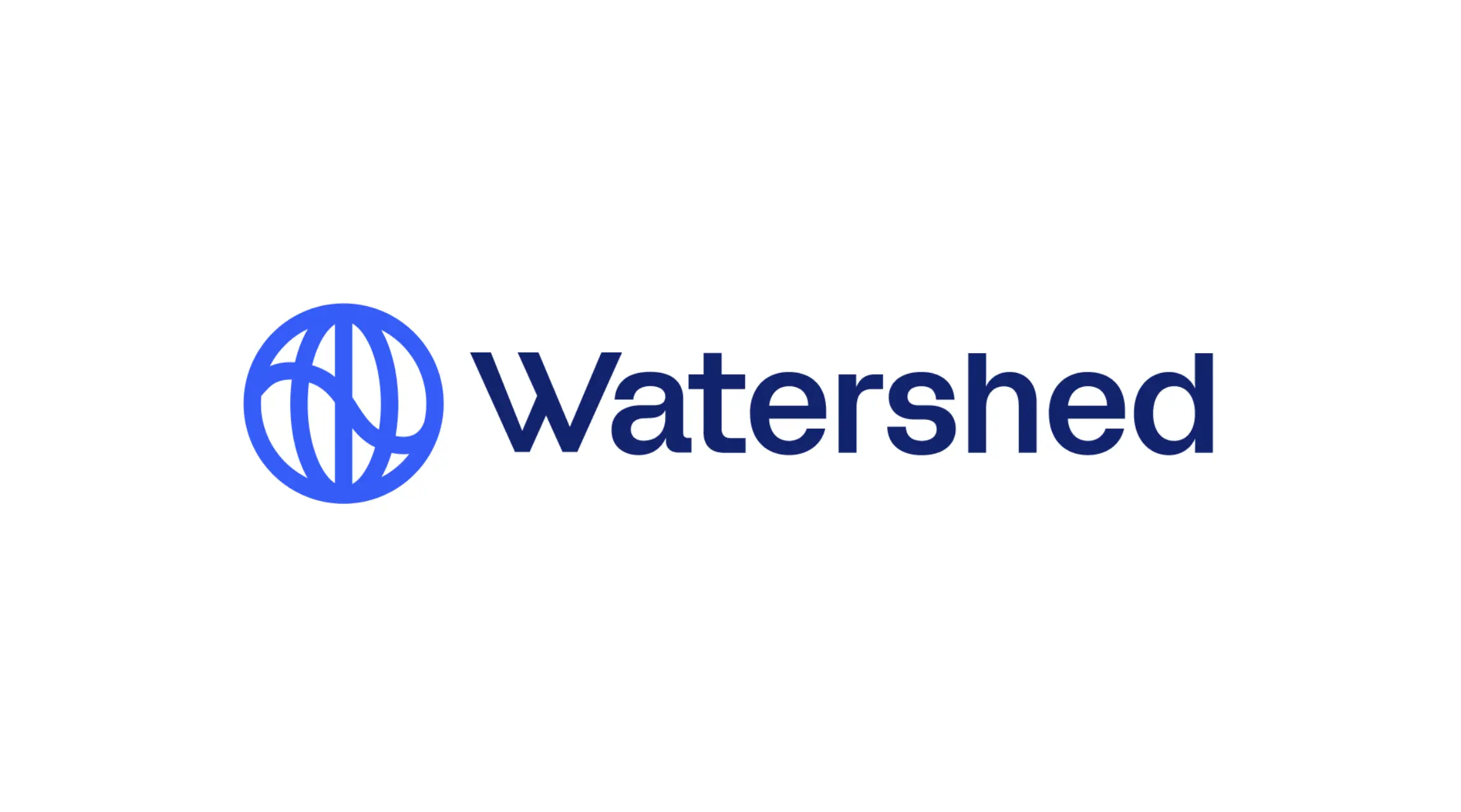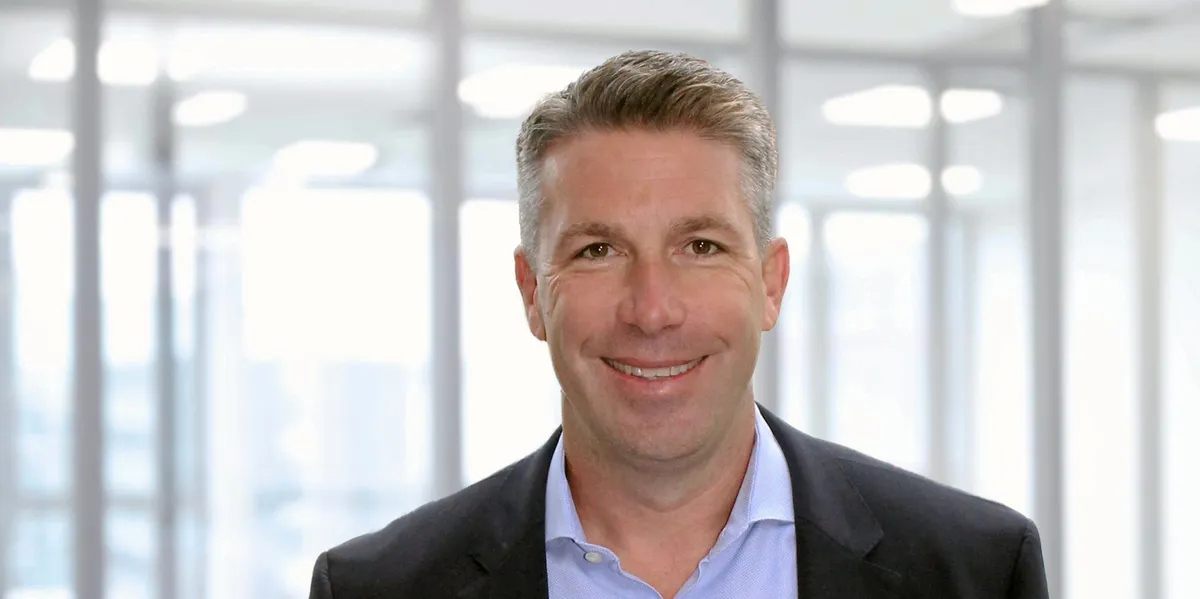
Industry congress GAT 2023 in Cologne
To establish a functioning hydrogen economy, the entire value chain must be addressed. It is important to keep in view the market and regulatory aspects as well as the technical aspects (standardization). At the event GAT 2023 in September in Cologne, it could be seen how intensively the industry is working on the implementation. Exciting here are, among other things, the conversion plans of the gas grid operators towards climate-neutral gases. The second phase of the GTP also shows the great interest on the part of municipalities and the industrial sector.
Dr. Kirsten Westphal made clear how the German association for energy and water economy (Bundesverband der Energie- und Wasserwirtschaft, BDEW) see the heating market of the future: “Instead of natural gas, in the future especially hydrogen and its derivatives will be employed,” said the member of top management at the event in Cologne. The hydrogen will come from domestic production as well as a considerable portion from imports. The BDEW is not worried that it will come to a deficit situation. “The studies show that sufficient quantities of hydrogen will be able to be made available,” stated Westphal.
However, the ramp-up of hydrogen production requires the right framework conditions. Regarding this, the BDEW representative counts in addition to the acceleration and strengthening of the expansion of renewable energies in Germany also the quick notification of IPCEI projects (Important Projects of Common European Interest) for hydrogen production by the EU, which will then actually occur at the end of the year (see p. 20), as well as other supplementary funding programs to reach the electrolysis capacity target of 10 GW in year 2030.
On the import side, Westphal is calling on politicians to present an import strategy in the short term. Furthermore, the financing of import projects should also be flanked by measures such as Hermes cover (export credit guarantees) or capital subsidies.
Establishment of a functioning H2 trading market
One aspect of particular importance, however, is to embed the ramp-up of hydrogen production in the development of a market. In each of the various phases in this, different political instruments are needed: to begin, more steering and support; later, a growing market and less support. The visualized goal is a functioning trading market in which hydrogen volumes are efficiently distributed according to market-based mechanisms.
But what characterizes the image of the targeted steady-state hydrogen market? In Cologne, the BDEW expert named a whole bundle of criteria:
- Production and trade of hydrogen and its derivatives in Germany, the EU and globally in sufficient quantities
- The combination of long-term contracts (particularly at import level) with competitive prices that reflect current market conditions as well as increasing spot deliveries
- The trading of guarantees of origin, certificates and commodities on a uniform, standardized European market that includes an international connection
- Competition for access to end customers as well as transparent price signals and sufficient market liquidity on the supplier side
- A fully functional and comprehensive network infrastructure. Non-discriminatory grid access for all competitive players on the hydrogen market. H2 grid access is essentially based on the entry-exit system.
- Climate-neutral hydrogen is used wherever there is demand. Demand is based on the market price.
- Storage options ensure security of supply for hydrogen and derivatives and open up various ways to make the hydrogen market flexible. There is decentralized generation and purchase as well as central storage.
In all these projects are, according to Westphal, a transparent and reliable standardization as well as certification needed, to also create acceptance for hydrogen and its derivatives, which also needs a stable regulatory framework.
Standardization of particular importance
The establishing of standards is also the means of choice from the view of Dr. Thomas Gößmann. According to the Thyssengas chairman, it should be borne in mind that the approval offices have had little contact with the topic of hydrogen until now and therefore have no experience in most cases.
For Germany as an export country, the agreement on international standards is of particular importance, stated Oda Keppler, ministerial director at the German ministry for education and research (BMBF), at GAT. This applies, among other things, for the quality criteria for the product hydrogen, as otherwise the international trading of it could not be done.
For the success of the hydrogen economy, it is crucial, according to Gößmann, to involve the people. “If the country of engineers succeeds in taking the people with it, then we will also succeed,” the Thyssengas chairman is certain. It is also important not to focus too much on the color principle of the hydrogen. This is hardly comprehensible for many people anyway. “We are colorblind. We’re setting up the highway. It doesn’t matter to us who drives on it,” said the grid operator.
Dr. Frank Reiners is certain that the hydrogen economy will only really take off when the entire value chain is populated. According to the member of the management board of Open Grid Europe, however, pipeline construction is of particular importance. Germany as a hub has a special role and responsibility here, as many gas pipelines come on land or come together here. “We cannot afford to do nothing,” stated Reiners in Cologne.

Prof. Gerald Linke, chairman of the DVGW, said at the opening of the industry event GAT in Cologne, “The backbone network must provide all regions in Germany with access to climate-neutral hydrogen.”
H2 core network for all regions
The German association for gas and water standards (Deutscher Verein des Gas- und Wasserfaches, DVGW) welcomes the federal government’s initiative, in an amendment to the energy industry act (Energiewirtschaftsgesetz), to establish a legal framework for the rapid approval and construction of a hydrogen core network. However, to the DVGW, this approach does not go far enough. “The backbone network must provide all regions in Germany with access to climate-neutral hydrogen, as otherwise an exiting of entire economy sectors is imminent, especially the small and medium enterprises,” said the DVGW chairman Prof. Gerald Linke at the industry event.
In a second step, transformation regulation for gas distribution grids is therefore also needed. Without an extensive conversion of the existing gas distribution infrastructure, it will not be possible to transform the connections of 1.8 million industrial and commercial customers toward climate neutrality, stressed Linke.
The basis for the transport to end customers has been laid out in the so-termed Gasnetzgebietstransformationsplan (gas grid area transformation plan, GTP) by the DVGW together with the initiative H2vorOrt. In the current second planning year, 241 gas distribution system operators have participated, a significant increase compared to the 180 companies in the previous year. Currently, the GTP covers pipelines with a total length of 415,000 km (258,000 mi) and reaches 381 of the total 401 regional districts of Germany.
The planning process with the GTP is deliberately designed to be open-ended and includes the conversion, decommissioning and partial new construction of pipelines. Considered are all new, climate-neutral gases, so in addition to hydrogen also for example biomethane. The aim of the GTP is to accelerate the transformation at the distribution grid level and, by the individual planning of the grid operators in coordination with the other stages of the supply chain, to create a coherent vision for the whole of Germany. As part of the GTP planning, the grid operators are analyzing on the basis of their specific situations on site the demands of their customers, the decentralized feed-in situation, the development of hydrogen availability by upstream network operators and the technical suitability of their networks for hydrogen.

For the first time in Germany, the conversion of a long-distance gas pipeline to transport hydrogen has begun at OGE Verdichterstation Emsbüren
Municipalities and industry are planning with hydrogen
Part of the GTP is also a survey of end customers by the respective network operators. This revealed a clear preference for the use of climate-neutral gases. Only five percent of the nearly 1,000 surveyed municipalities see no need in the long term for the use of climate-neutral gases. Of the nearly 2,000 major industrial customers who responded, more than three quarters are relying on hydrogen in the future. And 29 percent already see the use of hydrogen as an option by 2030, while a further 30 percent expect this in the coming decade.
Some current projects show that these visions are already currently being implemented. For example, mid-October at Verdichterstation Emsbüren, a compressor station of grid operator OGE in Niedersachsen, was the start of the conversion of the first long-distance pipeline to transport hydrogen (see Fig. 3). As part of the project GET H2 Nukleus, this is to establish the core for a nationwide hydrogen infrastructure. With the changeover, the participating network operators want to enable customers from industry and SMEs to connect to the hydrogen supply.
Most of the municipalities surveyed, according to the DVGW poll, are counting on climate-neutral gases in the long term

Another project started at the beginning of November in Energiepark Bad Lauchstädt with the start of the second phase of the conversion of a natural gas pipeline for the transport of hydrogen. For the technically seamless operation of the grid of the future of transmission system operator Ontras Gastransport, a pig launcher was placed in position. The following months will be preparation for putting into operation the hydrogen pipeline. For this, the construction of a transfer station as well as setting up a system for purifying and drying the gas are necessary. Once Energiepark Bad Lauchstädt is fully operational in year 2025, test transfers of hydrogen will follow, scientifically accompanied by DBI-GTI (DBI Gastechnologisches Institut gGmbH Freiberg), an independent laboratory of the DVGW.
Such projects help to increasingly address the locational advantages of the continent. At GAT in Cologne, Prof. Thomas Thiemann of Siemens Energy summed up the situation as follows: “With its large pipeline network and storage facilities, Europe has a huge asset compared to other areas. We must exploit this advantage.”

Out of the surveyed industrial customers, 76 percent are interested in hydrogen
Study: Green hydrogen not more expensive than gas in the long term
End customer prices for green hydrogen in the medium and long term could be in the range of natural gas or the current subsidization threshold of natural gas of 12 euro-cents per kWh (Gaspreisbremse). That is what the study by Frontier Economics on behalf of the DVGW determined. If total costs are compared – so costs for acquisition, building renovation and operation, – then the cost for both single-family and multi-family houses with a gas boiler powered by hydrogen, depending on building type and efficiency class, lie at a similar level to an electrically run heat pump. In the study, the total costs of various energy carriers for households as well as for exemplary heat supply solutions were compared with each other.
For the cost comparison, indicative end customer prices based on production costs were used. In addition to the prices for gaseous energy sources, the DVGW study also compares the total costs that households may incur depending on the heat supply solution. Because if the goal is to meet the climate targets, heat generation for buildings in Germany must be fundamentally changed, according to the DVGW.
The aim of the investigation is, on the one hand, to put the end customer prices of green hydrogen in relation to alternative energy sources for households in the years 2035 and 2045. On the other hand, the analysis focuses on the total costs of different heat supply solutions for two selected building types in the efficiency classes B and D. Considered are green gas boilers based on biomethane and climate-neutral hydrogen as well as heat pumps.
Overall, the comparison shows that the cost ratios of the energy sources change over the period under review. While end customer prices for climate-neutral hydrogen in Germany are expected to remain above those for natural gas and biomethane until 2035, they could reach a comparable level by 2045.
Households in Germany would therefore have to pay between 12 and 17 euro-cents per kWh for hydrogen in 2035. The price of natural gas, on the other hand, taking rising CO2 prices into account, would be between 9 and 11 euro-cents per kWh, and that for biomethane just above, at around 10 to 13 euro-cents per kWh, depending on the biomass used in its production.
After 2035, end customer prices for hydrogen could fall and approach those of natural gas. The main drivers for this include the degression of costs for H2 production and rising CO2 prices in the context of emissions trading. In year 2045, according to the study, purchase prices for hydrogen could then lower to around 11 to 15 euro-cents per kWh.







